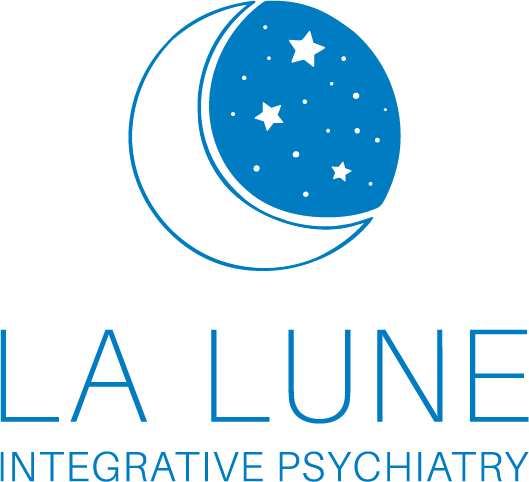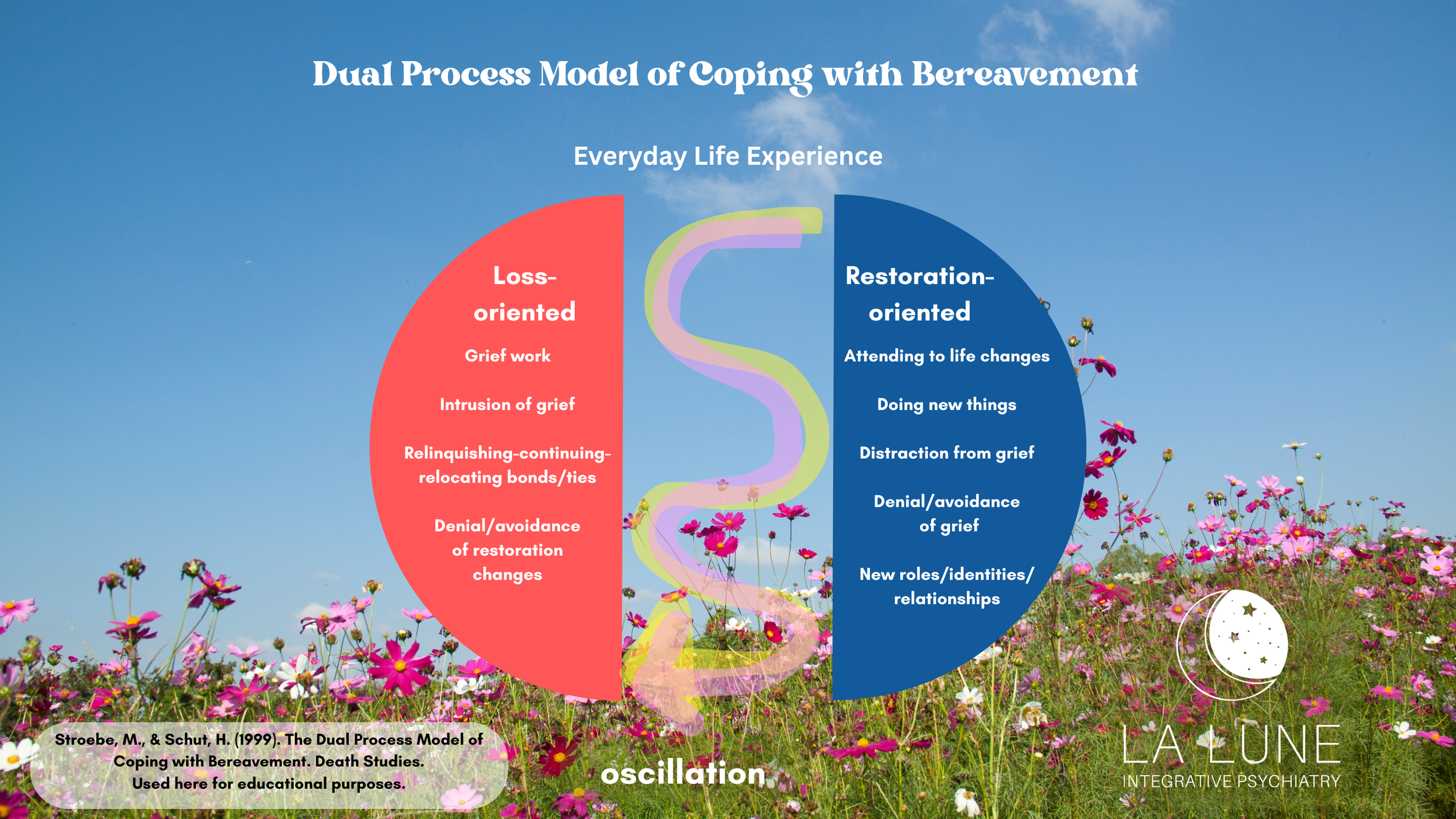
Therapy or Medication Management for the Bipolar Spectrum
Personalized care for stability, clarity, and long-term balance.
When Mood Fluctuations Go Beyond Everyday Ups and Downs
Bipolar spectrum (sometimes known as bipolar disorder) experiences can look different for everyone. Mood shifts may happen over days, weeks, or months, and vary in intensity—from bursts of high energy and little need for sleep to periods of deep fatigue and loss of motivation. These changes aren’t simply “mood swings.” They can reflect an underlying rhythm in how your brain regulates energy, emotion, and focus.
Understanding Hypomania and Mania
Mania and hypomania describe elevated mood states—periods of increased energy, productivity, or confidence that may feel positive at first but can become disruptive or risky.
Hypomania is a milder elevation that can still impair judgment or sleep and sometimes goes unnoticed until the mood drops.
Mania is more intense and can cause impulsivity, racing thoughts, or grandiosity that affects work, relationships, or safety.
Because these states often feel subjectively “good,” they’re not always reported, which is one reason bipolar spectrum conditions can take time to diagnose. Many people first seek help only during depressive episodes, and the upward cycles emerge later in careful clinical review.
“Bipolar spectrum experiences can look different for everyone.”
How Mood Can Cycle
Mood episodes can follow different patterns:
Episodic or cyclic: Distinct periods of depression and hypomania/mania separated by stability.
Rapid cycling: Four or more mood episodes per year.
Mixed states: Depressive and manic symptoms overlap—like agitation and hopelessness at once.
Remission: Periods of stability that can last months or years with consistent care.
Understanding your unique pattern helps guide treatment toward predictability and prevention rather than a difficult to control reaction.
What the Research Shows
Evidence-based treatment—combining medication management and psychotherapy—can often reduce cycling, prevent relapse, and support long-term mood stability.
For instance, studies show that mood stabilizers and structured therapy reduce relapse rates and improve overall functioning for those with bipolar spectrum presentations (Grande et al., 2016, Lancet Psychiatry; Geddes & Miklowitz, 2013, Lancet).
“Evidence-based treatment—combining medication management and psychotherapy—can often reduce cycling, prevent relapse, and support long-term mood stability.”
Our Integrative, Individualized Approach
Because bipolar spectrum presentations vary, your care must be individualized. At La Lune Integrative Psychiatry, we combine biological, psychological, and lifestyle strategies tailored to your experience:
Comprehensive Assessment — We review your full history, symptom patterns, and any previous treatments to clarify diagnosis and identify co-occurring conditions such as trauma-related responses or personality factors that can mimic cycling.
Lab Interpretation & Genetic Testing — We assess physical and metabolic contributors and use pharmacogenetic insights to guide safe, effective medication selection.
Medication Management — Sometimes one medication provides stability; other times, a carefully balanced combination is needed. We start with options that have the best side-effect profiles and adjust gradually to minimize risk.
Therapy & Lifestyle Coaching — We integrate structured therapy to address trauma, coping skills, and behavioral patterns, along with guidance on sleep, nutrition, and rhythm regulation to stabilize energy and mood.
Holistic & Long-Session Options — Longer sessions allow space to connect patterns across mind and body and to refine your treatment plan over time.
This flexible, evidence-informed approach supports both symptom relief and self-understanding—helping you take more control of your life and pursue what is meaningful to you.




















